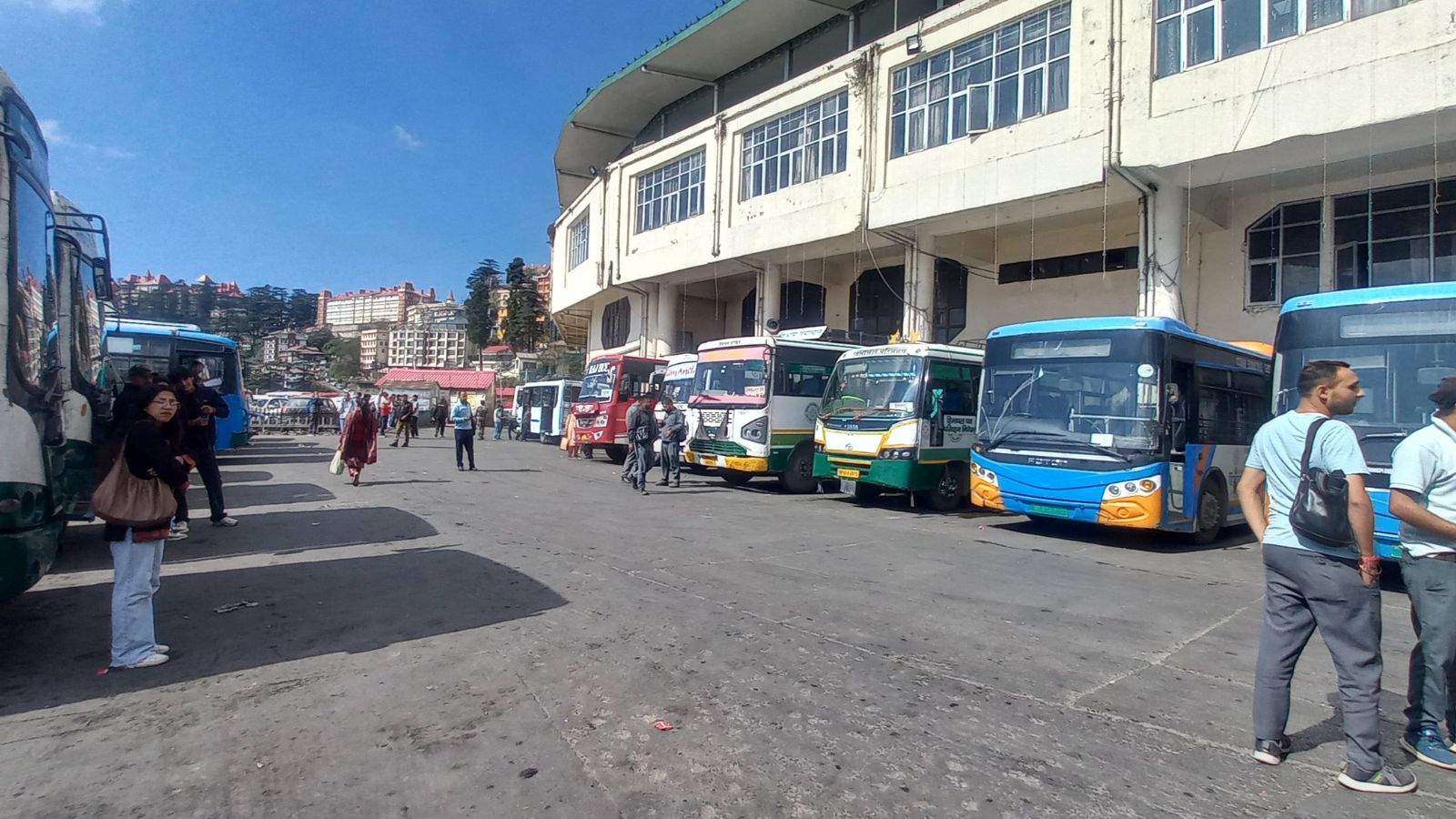Home / Environment / Himachal Pradesh Battles Diesel Emissions as Tourism and Construction Boom
Himachal Pradesh Battles Diesel Emissions as Tourism and Construction Boom
15 Nov
Summary
- Diesel vehicles, generators, and water pumps major contributors to greenhouse gas emissions
- Slow pace of replacing diesel buses with electric buses in public transport
- Rising diesel vehicle use in construction and tourism sectors

As of November 15, 2025, the Himachal Pradesh government is grappling with the persistent reliance on diesel-powered vehicles, generators, and machinery across various sectors, which is contributing significantly to the state's greenhouse gas emissions.
The recently released Himachal Pradesh Human Development Index (HDI) Report, prepared by the United Nations Development Corporation (UNDC) in collaboration with the state government, has identified diesel-powered vehicles, generators, and water pumps used in tourism, transportation, agriculture, and water supply as major sources of emissions.
The report acknowledges the government's efforts to replace diesel-powered buses with electric buses in the public transport sector, but notes that the pace of change has been slow. While the introduction of electric buses in Shimla and Manali is a positive step, the adoption of these cleaner alternatives remains limited.
Notably, the report highlights that private taxi operators, who are essential to the state's thriving tourism industry, predominantly use diesel-powered SUVs and vans for better mileage. Additionally, the enforcement of emission testing for these private taxis is found to be poorly implemented.
The report also sheds light on the construction sector, where the number of diesel-powered vehicles has increased by a substantial 66% over the past decade, from 6,000 in 2014 to nearly 10,000 in 2024. Alarmingly, about 92% of these vehicles are registered as goods carriers, underscoring the construction industry's heavy reliance on diesel-based transport and machinery.
While the number of diesel-powered vehicles used for tourism, including buses, maxi-cabs, and motor cabs, has decreased from approximately 8,000 in 2014 to around 6,000 in 2024, there was an increase from the 2021 figure of 4,000, indicating a recent uptick in diesel vehicle usage in the tourism sector.
The report also highlights the growing use of diesel-operated water pumps in the agriculture sector, which is attributed to declining rainfall patterns and the drying of natural springs, rendering traditional gravity-based irrigation systems insufficient.



